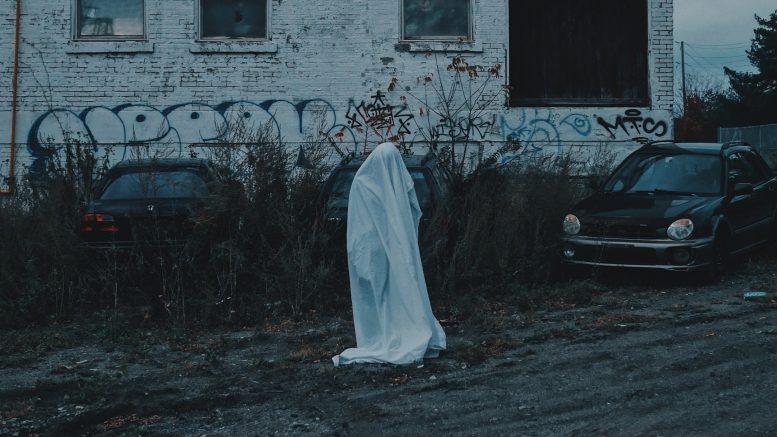Halloween comes from an old Celtic celebration called Samhain, which used to mark the end of the harvesting season and beginning of the “darker” time of year. It is also said to be the night when the veil dividing our world and the realm of soul is the thinnest. It’s meant to allow certain… visitors to step through the veil and into the world of the living.
How would such a visit go, you ask? Probably better than expected, seeing as almost 52% of adult Britons claim to believe in the supernatural according to a 2013 survey. That is a rise of more than 10% since the last time a similar survey was conducted in 2009. In America, the latest poll found that 42% of adults believe in ghosts. Our otherworldly visitor could cause a scare, but not a complete surprise after all.
This simple set of statistics explains the blooming business that the supernatural phenomena have become over recent years. We seem to be fascinated by the inexplicable, which justifies the existence of shows like Most Haunted, Ghost Hunters or Ghost Adventures. A study has shown that higher exposure to paranormal narratives, provided it comes from a relatively credible source, can relate to belief in paranormal. Between that and Netflix’s series collection this fall we are surrounded by suggestive supernatural stories.
Ghosts come in all different shapes and sizes, but the most common one is a human. The quest to capture one on footage or a photograph is alive and well in 2018.
Another study, from the University of British Colombia, links the tendency to anthropomorphize, meaning assigning human characteristics to non-human objects, with a predisposition to spiritualism. It’s also referred to as cognitive bias. It is not that surprising considering we all see things from a different perspective. Have you ever missed an event and then when you asked a few people about it they all had completely different stories? Experiencing something is just the first part of the process. Only after we interpret what happened, it is then stored in our brains as information.
There are close to 10,000 supposedly haunted locations around the UK, among them Blickling Hall, in Norfolk, Dunster Castle, in Somerset, and Dover Castle, in Kent. Even government institutions such as English Heritage and National Trust have noticed this trend and started advertising some of their properties as haunted. At the moment, we recognize and embrace the wide belief in paranormal as either something given or not worth getting into.
A person’s reality is very subjective. It’s a compromise between what we experience and what we are hoping to experience. The balance depends on both the circumstances and the level of suggestion we’ve been exposed to. Sometimes what stands before our eyes is a projection of one’s hopes or fears. The human imagination is extremely powerful and it isn’t something to underestimate. It can distort any image so that it fits the pre-existing and subjective reality. Experts can be quick to dismiss reports of a ghost sighting, whereas it is not the experience that should be disputed, but the person’s interpretation of it.
words by: Adam Kaczyński
subbing: Matilde Moro

